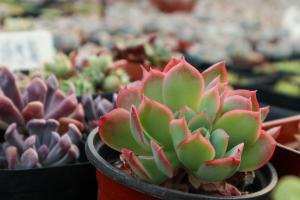1、 Curing method
1. Temperature: the nature of high temperature resistance is not very strong. If the temperature in summer exceeds 35 degrees, plants will stop growing and begin to sleep. At the same time, when the temperature in winter needs to be zero, it is likely to be frostbitten
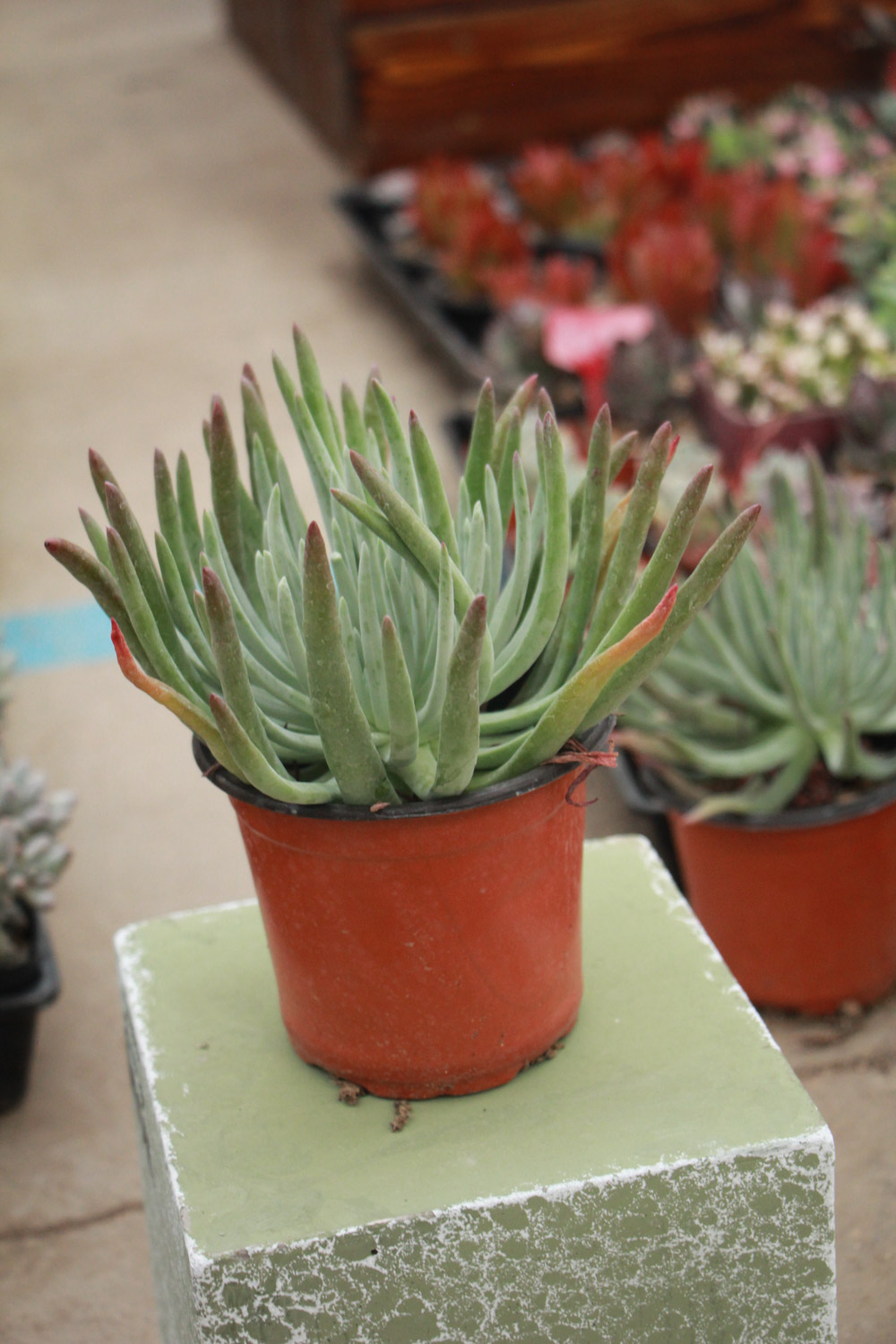
2. Watering: it is necessary to provide relatively wet soil and water it almost once every two days. In summer, in addition to normal watering, flower sprinklers can be used to supplement the water required by branches and leaves, and also play the role of cooling. Watering needs to be stopped in winter. Watering during dormancy will lead to plant root damage
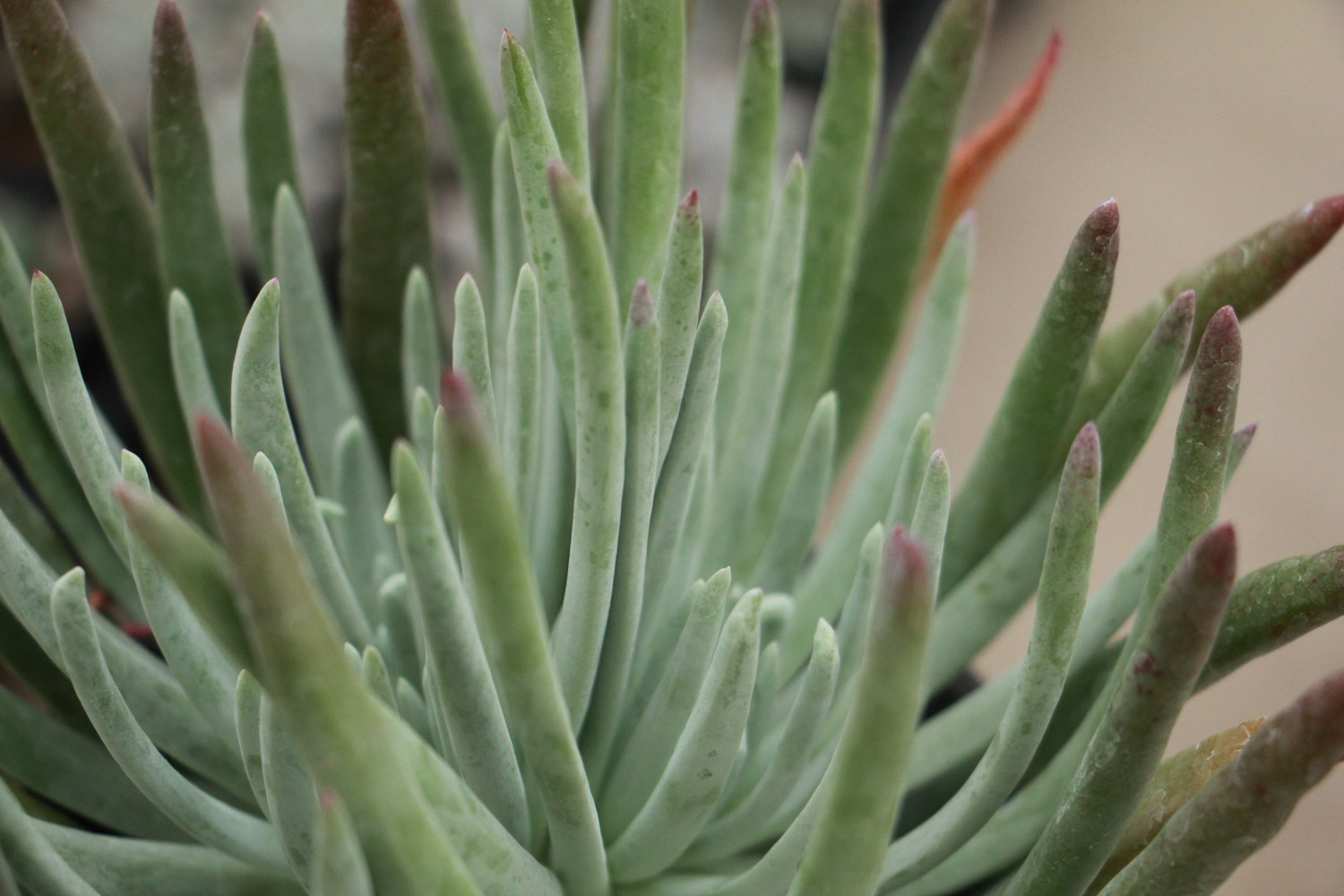
3. Light: normal growth needs to provide sufficient sunlight. In spring, it can be exposed to full-time sunlight, which can make its color more kind. However, in summer, it should not be exposed to strong light, mainly with appropriate shade
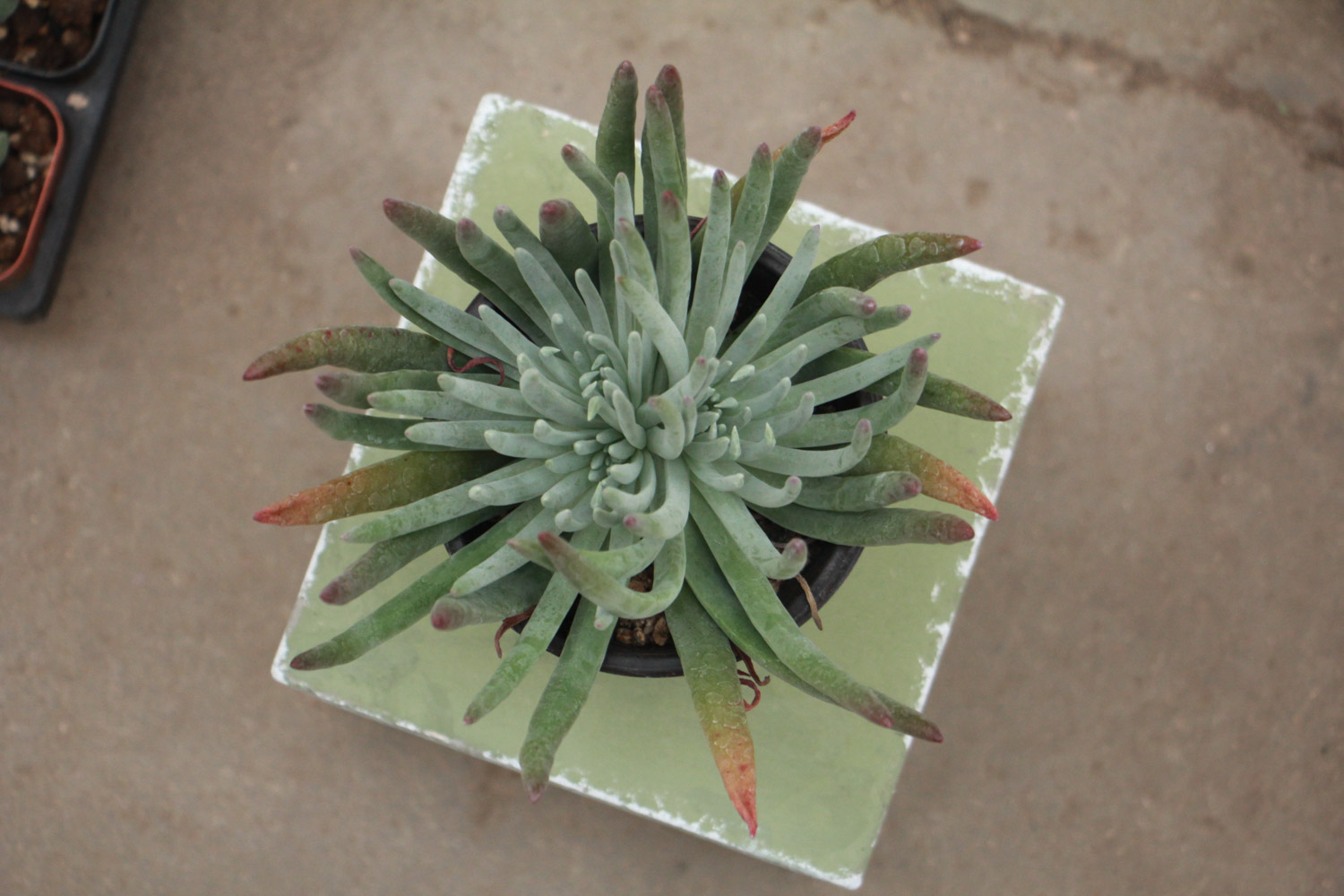
4. Fertilization: fertilization is not allowed in summer and winter. The best time for fertilization is in spring and autumn. Potassium fertilizer is mainly applied. After fertilization, it is necessary to water in time, and pay attention to a small amount and more application
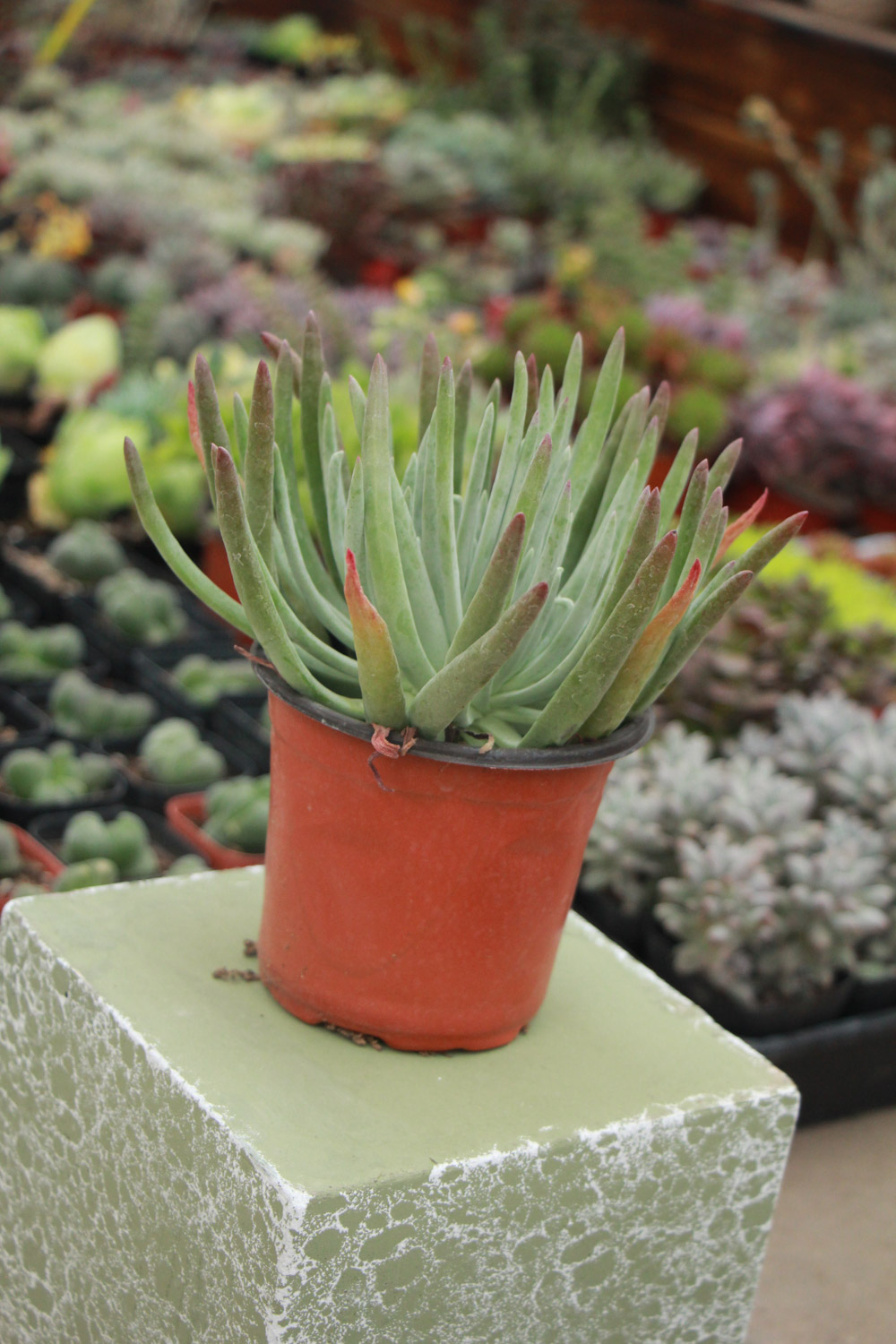
2、 Breeding skills
1. Reproduction: generally, sowing can plant a large number of plants, but also provide a warm environment. After sowing, it needs to be watered thoroughly, not semi dry. It can be transplanted after germination. Cutting is to directly cut off the branches and leaves of the plant and then insert them into the soil, but then pay attention to watering and lighting
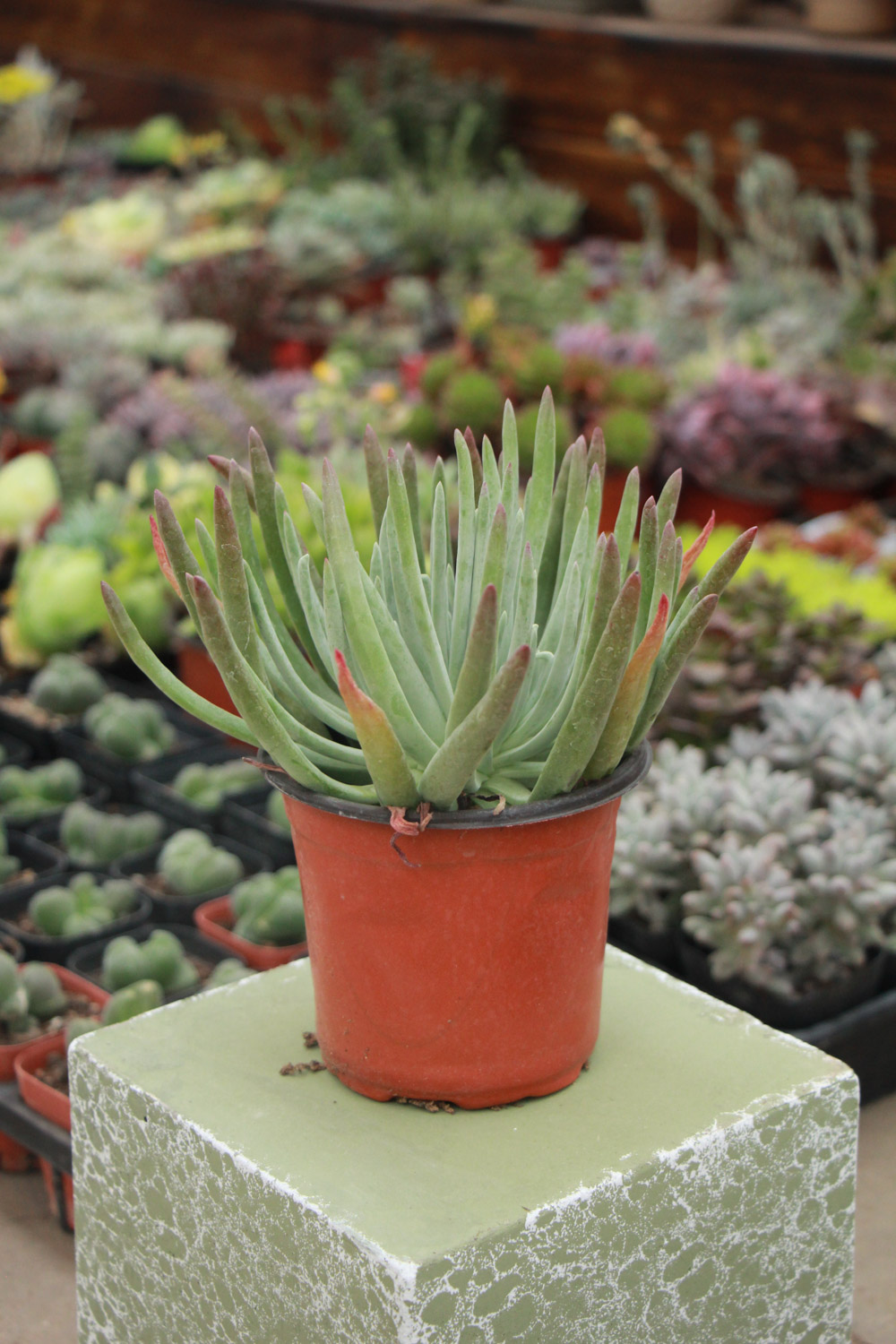
2. Pruning: during the growth process, there may be diseased branches and leaves, and there will also be some long and residual branches and leaves, so it needs to be pruned in time to ensure its normal growth

3、 Problem diagnosis and treatment
1. Disease: leaf spot disease often occurs. This disease will cause plant branches and leaves to wither or die directly. Carbendazim solution can be used for control and prevention

2. Insect pests: nematodes will appear in the growth process, and pesticides can be used when turning pots

4、 Other issues
1. Toxicity: the whole plant has no toxicity and can be cultured

2. Whether it can be raised at home: absolutely. It is meaty, so it is highly ornamental. It is most suitable to breed at home


 how many times do yo...
how many times do yo... how many planted tre...
how many planted tre... how many pine trees ...
how many pine trees ... how many pecan trees...
how many pecan trees... how many plants comp...
how many plants comp... how many plants can ...
how many plants can ... how many plants and ...
how many plants and ... how many pepper plan...
how many pepper plan...




